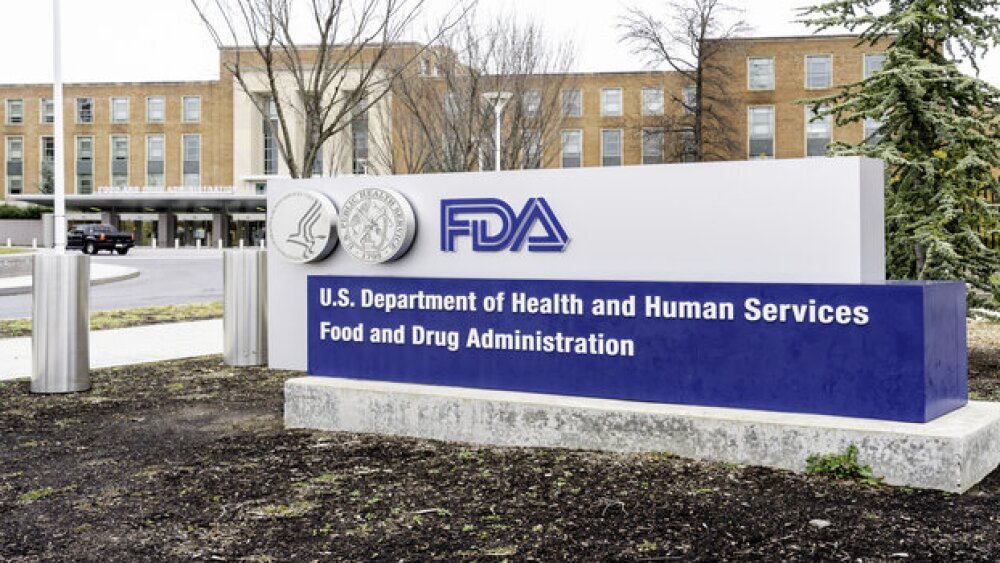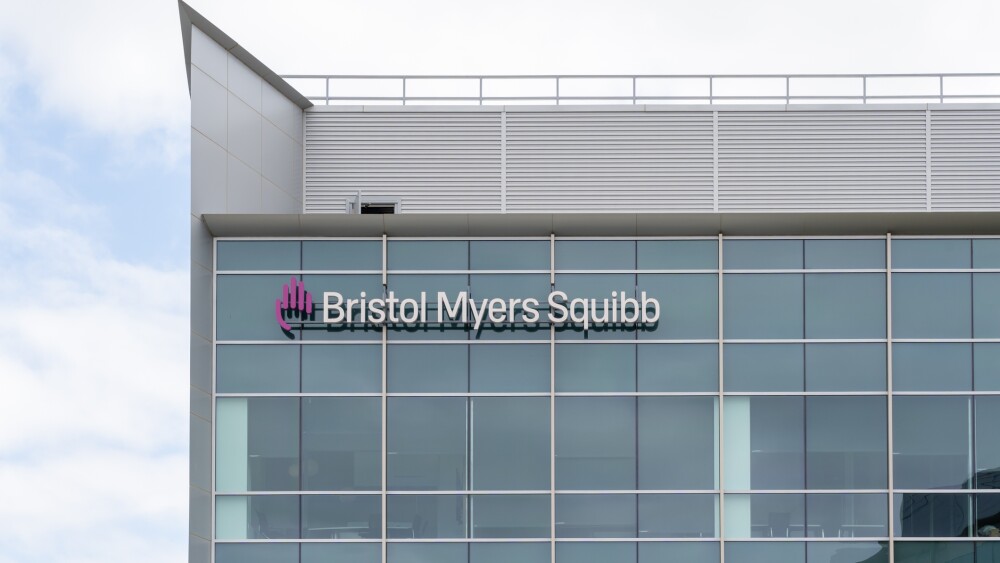A critical supply shortage of intravenous immunoglobulin (IVIG) in the United States has left some room for doubt about whether or not that critical care will make it to some patients.
A critical supply shortage of intravenous immunoglobulin (IVIG) in the United States has left some room for doubt about whether or not that critical care will make it to some patients.
IVIG contains antibodies that are harvested from plasma provided by thousands of donors across the country. IVIG, which is injected into patients, helps them fight off various infections. IVIG is also used to treat some disorders of the muscles and nervous system. A shortage, which the U.S. Food and Drug Administration confirmed in August, increases the risk to patients. In its announcement, the FDA said some hospitals, medical systems and other health care providers have taken steps to “optimize” limited supplies of IVIG products. Some of those optimization strategies include the lowering of doses, delay of treatments, alternative therapies where applicable and prioritization based on medical need.
In a report on the state of the IVIG supply, The Wall Street Journal noted that IVIG suppliers like Octopharma, which develops products for Pfizer, and Takeda are boosting production of their products in order to meet demand. However, those companies noted that some delays in manufacturing and shipping are likely to continue to impact the supply levels.
While the nation grapples with the shortage, California-based GigaGen may have a solution to prevent future shortages – but it’s a solution that is still a few years off. GigaGen is developing a new approach to current IVIG therapies that is not subject to supply shortages and overcomes other significant challenges of plasma-based products. The company uses a proprietary platform to create recombinant polyclonal immunoglobulin (IgG) therapies that don’t rely on human plasma supplies.
GigaGen Chief Executive Officer David Johnson told BioSpace that the demand for intravenous immunoglobulin is expected to continue to grow globally. The expectation, he said, is for the IVIG demand to grow about 6% in the coming year. With a lack of available IVIG supply, Johnson said the lives of the patients who need these therapies can be shortened. But, he noted, GigaGen’s product provides a “creative solution” to the issue. GigaGen’s recombinant polyclonal immunoglobulin technology allows them to capture complete antibody repertoires and then express them recombinantly. The company has captured millions-diverse DNA libraries from B cell and plasma cell repertoires from human donors and used these libraries to manufacture recombinant IgG proteins. Not only that, he said the products remain consistent from batch to batch and contain high titers of antibodies, which reduces infusion times for patients. Much like other recombinant antibodies, such as Merck’s blockbuster checkpoint inhibitor Keytruda, Johnson said GigaGen’s IVIG products are grown immortally, which means they can make as much as they want.
“There will be no such thing as a supply constraint when we get to market,” Johnson said.
So far, GigaGen’s recombinant IVIG therapy has been validated in mouse models and is being advanced in collaboration with other leaders in the space, including Spain-based Grifols, one of the IVIG-space leaders that won approval from the U.S. Food and Drug Administration earlier this year for Xembify, a 20% subcutaneous immunoglobulin used to treat primary immuno-deficiencies. Johnson said GigaGen is focusing on a few areas of particular interest for its IVIG product, including bacterial flu and pneumococcal pneumonia, both of which are problems for immune-deficient patients.
Johnson anticipates it will take two more years to complete the process of scaling. He hopes they will be in the clinic by 2021 and then proceed through the regulatory phase. Barring any unforeseen hurdles, Johnson said the clinical studies are smaller and faster than most drug studies. He hopes he and his 37-member team can take the process as far as they can on their own, and then potentially partner with a larger company for commercialization.





